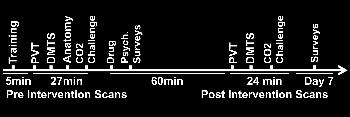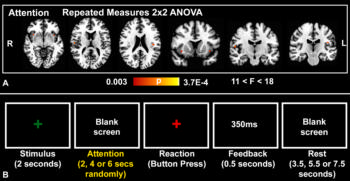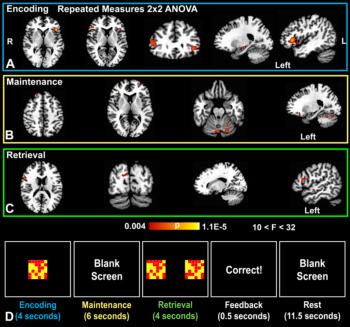Methylene Blue Shows Promise for Improving Short-Term Memory

Low-dose methylene blue can increase functional MRI activity during sustained attention and short-term memory tasks and enhance memory retrieval, according to new Radiology research.
Pavel Rodriguez, MD, of the Research Imaging Institute in San Antonio, Texas, and colleagues studied 26 subjects to investigate the sustained-attention and memory-enhancing neural correlates of the oral administration of methylene blue in the healthy human brain.
The administration of methylene blue increased response in the bilateral insular cortex during a psychomotor vigilance task and functional MRI response during a short-term memory task involving the prefrontal, parietal and occipital cortex, according to results. Methylene blue was also associated with a 7 percent increase in correct responses during memory retrieval.
“The results support the notion that methylene blue enhances memory performance and functional MRI activity in brain regions associated with a visuospatial short-term memory task. This work provides a neuroimaging foundation to pursue clinical trials of methylene blue in patients undergoing healthy aging and those with cognitive impairment, dementia, or other conditions who may benefit from drug-induced memory enhancement,” the authors write.



Web Extras
- Access the study, "Multimodal Randomized Functional MR Imaging of the Effects of Methylene Blue in the Human Brain," at pubs.rsna.org/doi/full/10.1148/radiol.2016152893